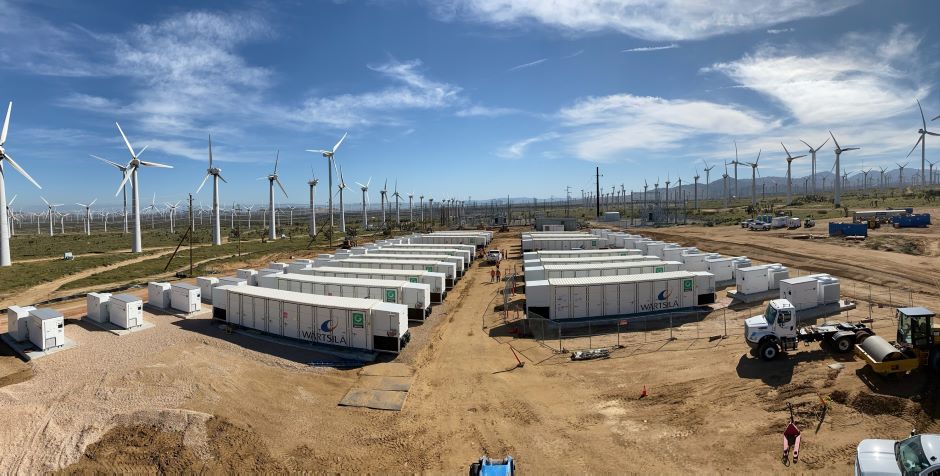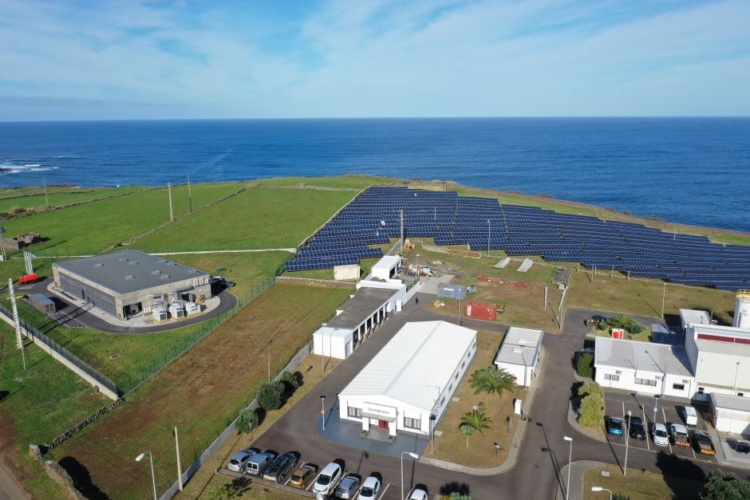The share of renewable power across Europe has skyrocketed over the last six months to levels not expected for another 10 years. Renewable energy records have fallen like dominoes. Germany and Spain have achieved more than 75% renewable generation as a share of supply, while the UK went nearly 68 days without burning any coal – the longest period since the industrial revolution.
Generating clean energy from the coal mines
The pandemic has proven that our current power networks can absorb very high levels of renewables without the kind of doomsday grid collapse some had predicted. It has also provided rare insights into the highly renewable energy systems of the future. We must now seize this opportunity to set the optimum path and deliver real, long-term environmental and economic benefits.
The pandemic has shown that more flexibility is essential to building long-term resilience into our energy networks. Flexible assets – such as energy storage and optimisation – have enjoyed up to four-fold year on year profit increases in 2020. Inflexibility has simultaneously resulted in some countries, such as Germany, paying up to €80/MWh to export excess power to more flexible neighbours. This is completely unsustainable, even in the short term, and demonstrates a clear need for rapid growth of grid-scale flexibility.
Significant flexibility market growth
The increase in profits for flexibility, storage and optimisation providers is already attracting more developers and investors to the space and accelerating new projects. For instance, in recent months, Wärtsilä has commissioned multiple energy storage plants across the globe, including a 70MW system operating in the California market.
But even before the pandemic, Bloomberg New Energy Finance predicted a 112-fold boom in stationary energy storage projects between 2018 and 2040.
This growth is extremely positive for countries both economically and environmentally as they transition to low and zero carbon power. Our Atlas of 100% Renewable Energy, developed with LUT University (Lappeenranta-Lahti University of Technology) models the cost-optimal future energy systems for 145 countries and regions. We found that, while the clean energy mix varies wildly, investment in flexibility consistently drives the greatest emissions reductions at the lowest cost.

That said, while energy storage will undoubtedly play a key role in enabling our 100% clean energy future, today’s battery technology cannot always deliver cost optimal network performance. It therefore doesn’t make sense to rely solely on energy storage systems. Our future energy systems will require flexibility in all its forms, including advanced energy storage and flexible generation, powered by hydrogen or synthetic fuels and supported by digital optimisation.
Every power market is unique, but that no matter the market, all transitions to decarbonise require similar actions. For example, research shows that for Germany to achieve cost optimal 100% clean energy, it will need 68% wind as a share of generation supported by significant amounts of flexibility.
The need is clear, it is now urgent that policy makers catch-up to unlock the scale of investment needed to deliver cost-optimal, flexible and renewables-led power systems. There are three key questions to answer here: How can regulation incentivise the most sustainable and cost effective infrastructure? Where can we focus to unlock the right investment? What technology mix will deliver a cost-optimal energy system for the long-term?
The rise of ‘grid forming’
Longer-term, this drive towards flexibility through generation, storage and optimisation will swiftly evolve into the rise of ‘grid forming’ capabilities. Today, grid forming systems are often referred to as islands or microgrids, but these terms are reductive.
Grid forming enables the creation of areas that are integrated with the broader energy system but can be easily disconnected from the wider energy network to ensure efficient and cost-effective grid-balancing and resilience. These areas can be self-sufficient islands, streets, neighbourhoods or cities, that can generate, store and consume power, while still being integrated within larger electricity networks. It can be delivered with a suite of flexible assets, including generation and energy storage, seamlessly managed with artificial intelligence to achieve optimal cost and carbon savings.

These projects are already commonplace on islands – Wärtsilä has delivered a grid forming hybrid storage solution integrating and optimises wind, solar, storage and thermal generation assets on the Portuguese island of Graciosa – and we are already seeing increased demand from mainland network operators.
Our future energy systems will see grid forming battery systems working alongside distributed energy storage and flexible generation to deliver enhanced resilience and support much higher levels of renewable generation.
Accelerate the energy transition
The potential environmental, economic and societal benefits of the energy transition are considerable, but time is of the essence and we cannot afford to take the wrong path.
The challenge is for policy makers, regulators and industry to have honest discussions, ask the right questions and think strategically to ensure the correct policy and regulatory frameworks are put in place.
We have a unique opportunity today to use the insights gained during the global crisis to accelerate the long-term shift to cost-optimal, resilient and flexible 100% renewable energy systems.
Andrew Tang is Vice President for Energy Storage at Wärtsilä










National Gas receives funding to develop Gravitricity underground hydrogen storage system
One single rock salt mine - Winsford - has 23 <i>MILLION </i>cubic metres of void and even allowing for 10% of that void set aside for hazardous waste...